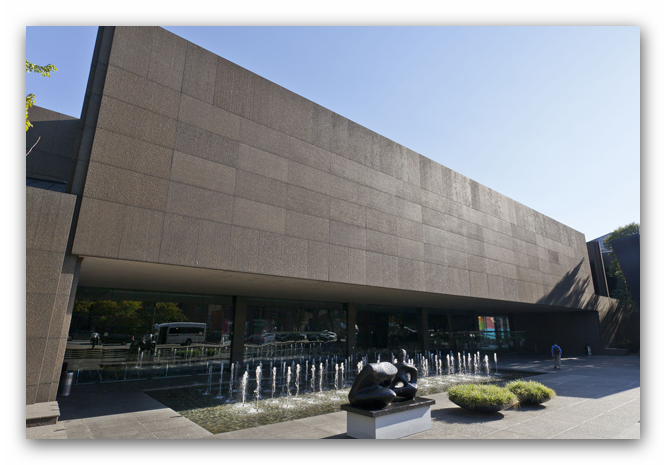Mar 3 2018 - Jun 24 2018
Pittsburgh, PA
Does religion have a role in public life? Should we redistribute wealth to the poor? Can women fully participate in democracy? Can public education produce good citizens? All hot-button issues today, and we’ve seen it all before.
Visions of Order and Chaos: The Enlightened Eye packs CMOA’s Heinz Galleries with over 200 popular and never-before-seen works from CMOA’s collection. Between 1750–1850, the world changed dramatically. Revolutions toppled monarchies, and constitutional democracy took root in the US and France. This was a time of explosive changes, with accelerating ideas on liberty and equality challenging social norms.
People began to behave in ways we’d recognize today. Portraits depict their subjects in classical costume, just as we would carefully style an Instagram profile or digital avatar. Gorgeous painted fans could send quick messages, signaling romance from across the room. Celebrities behaved badly and artists captured every single episode. People became modern.
The Enlightenment was a time of reason and order. Scientific breakthroughs and new ways of governing stimulated optimism for making the world better. A portrait by George Romney, ca. 1779–1780, shows an idealized image of his subject in classical garments and pose. An Edward Hicks painting from 1837 depicts a peaceful gathering of European colonists and Native Americans, alongside a menagerie of coexisting animals, a utopian vision of a young United States. Subjects like global trade, scientists at work, and a new recognition of non-Western cultures crept into art.
Rational, orderly societies, working together. Everyone doing their part for the greater good. Boring! Where are the heroes? The drama? Works of passion? The Romantics challenged all of this. Watching as the noble ideals of the French Revolution ended in violent chaos, the Romantics championed emotions and individuals. Miniature portraits of lovers were worn inside of clothes and out of sight. Ary Scheffer’s 1851 masterwork depicts the swirling shades of entwined lovers Francesca and Rimini from Dante’s Inferno. In Caspar David Friedrich’s 1803 print, a forlorn woman contemplates suicide.
Visions of Order and Chaos is the first major survey of CMOA’s 1750–1850 collections. Research and restoration projects have yielded several never-before-shown works. Combined with new acquisitions and longtime gallery favorites, the exhibition tells a story of this sensational century. Quotes from writers of the time contextualize the art on view.
Through painting, sculpture, furniture, prints, drawings, and personal objects, Visions of Order and Chaos shows a Western world in tension between rational order and chaotic abandon. This was one of the most fascinating times in our history, and CMOA invites you to view our world through their eyes.
Credit: Exhibition overview from museum website
Exhibition Venues & Dates
Mar 3 2018 - Jun 24 2018
Pittsburgh, PA
